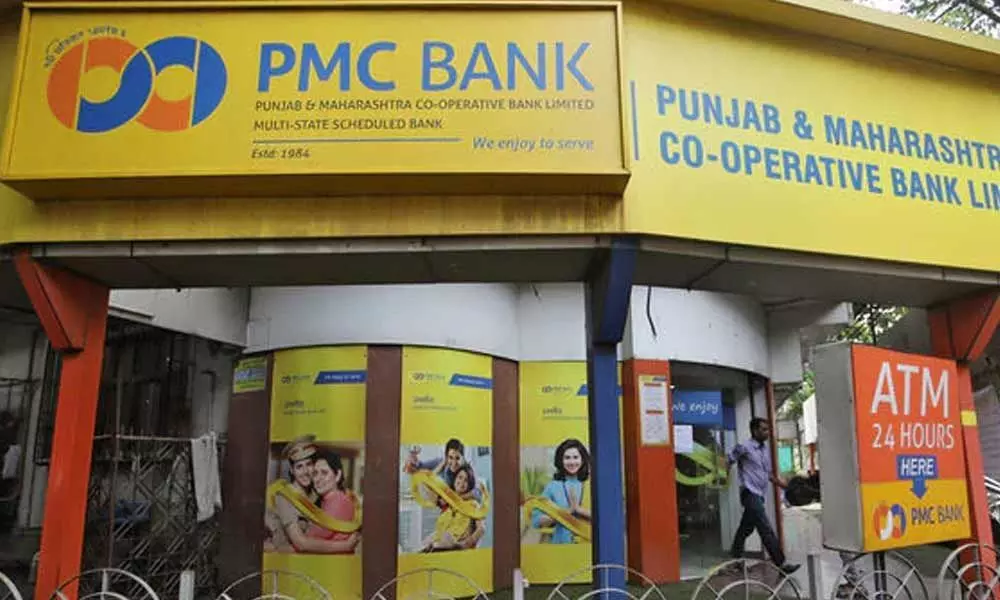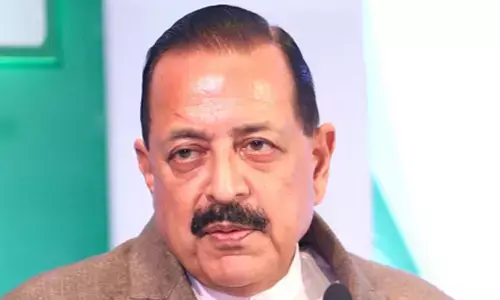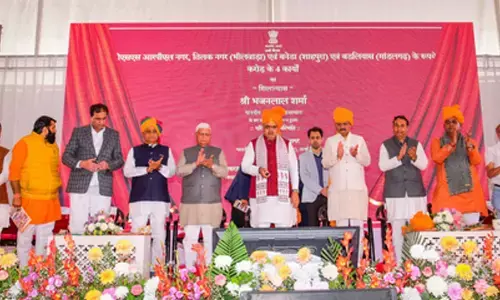PMC Bank created over 21,000 fake accounts to hide loans: complaint

Punjab and Maharashtra Co-operative Bank (PMC) used more than 21,000 fictitious accounts to hide loans it made, according to a police complaint lodged by Indian officials, in the latest banking fraud case to spook the country’s depositors and investors.
Mumbai: Punjab and Maharashtra Co-operative Bank (PMC) used more than 21,000 fictitious accounts to hide loans it made, according to a police complaint lodged by Indian officials, in the latest banking fraud case to spook the country's depositors and investors.
The complaint, filed with the Economic Offences Wing (EOW) of Mumbai Police on Monday and later seen by Reuters, accuses the bank's management of concealing non-performing assets and disbursing loans leading to a loss of at least 43.55 billion rupees (USD 616.5 million).
A single realty firm and its group companies were the beneficiaries of 44 loans, according to the complaint.
"The actual financial position of the bank was camouflaged, & the bank deceptively reflected a rosy picture of its financial parameters," said the complaint, noting that the fictitious loan accounts were not entered into the bank's core banking system - a factor key in the perpetration of a USD 2 billion fraud at Punjab National Bank that was uncovered in 2018.
The complaint names the bank's Chairman Waryam Singh and its Managing Director Joy Thomas, along with other bank officials, and accuses them of criminal breach of trust, forgery and falsification of records.
It also names bankrupt realty company Housing Development and Infrastructure Ltd, along with its former senior executives Sarang Wadhwan and Rakesh Wadhwan, who were beneficiaries of the loans.
A senior government official late on Tuesday said that the serious fraud investigation office will look into the alleged wrong doing by HDIL in the PMC case, expecting to complete the investigation in the next two months.
PMC and HDIL did not immediately respond to requests for comment. The Reserve Bank of India (RBI) said it had no comment.
The PMC case has sparked renewed concerns about the health of India's troubled banking sector, which has been rocked by a multi-billion dollar fraud at a state-run lender, the collapse of a major infrastructure lender, bad loan issues at state-run banks and a liquidity squeeze that has hit shadow lenders.
More than two dozen co-operative banks are now under RBI administration, but PMC Bank - with deposits of 116.2 billion rupees as of March 31 - is by far the largest.
DEPOSITORS PROTEST
The RBI last week moved to take charge of PMC, one of India's top five co-operative lenders with more than 900,000 depositors, and suspended Thomas and the bank's board after uncovering lending irregularities
The RBI has barred the bank from renewing or granting any loans or making investments without prior approval of the central bank, while depositors have been informed they can only withdraw a maximum of 10,000 rupees (USD 140) from their PMC accounts over the next six months.
Dozens of account holders gathered outside an RBI office in Mumbai on Tuesday to protest against the curbs and demand that the central bank and government intervene to release their funds.
In a letter written by Thomas to the RBI that allegedly blew the lid off the scam, he says that he oversaw the fraud and hid details from the regulator for fear of reputational risks to the bank. Reuters reviewed a copy of the letter.
The police complaint against PMC and HDIL officials were filed at the behest of an administrator, whom the RBI appointed last week to oversee the bank's operations.
The complaint alleges that the PMC officials misled the RBI for over a decade from 2008 to August 2019 by failing to disclose big accounts that had become non-performing assets by producing forged audit reports.
Indian media outlets on Sunday reported that PMC's exposure to bankrupt HDIL stood at 65 billion rupees, which accounts for 73 per cent of its overall 88.8 billion loan book - well above the RBI's permissible exposure levels to a single entity.


















